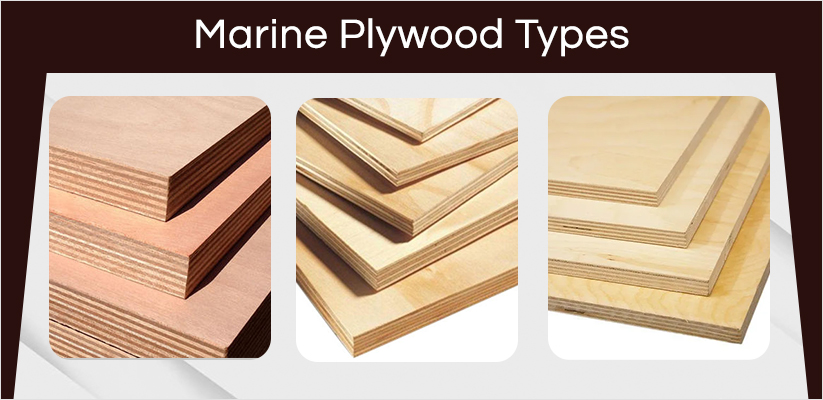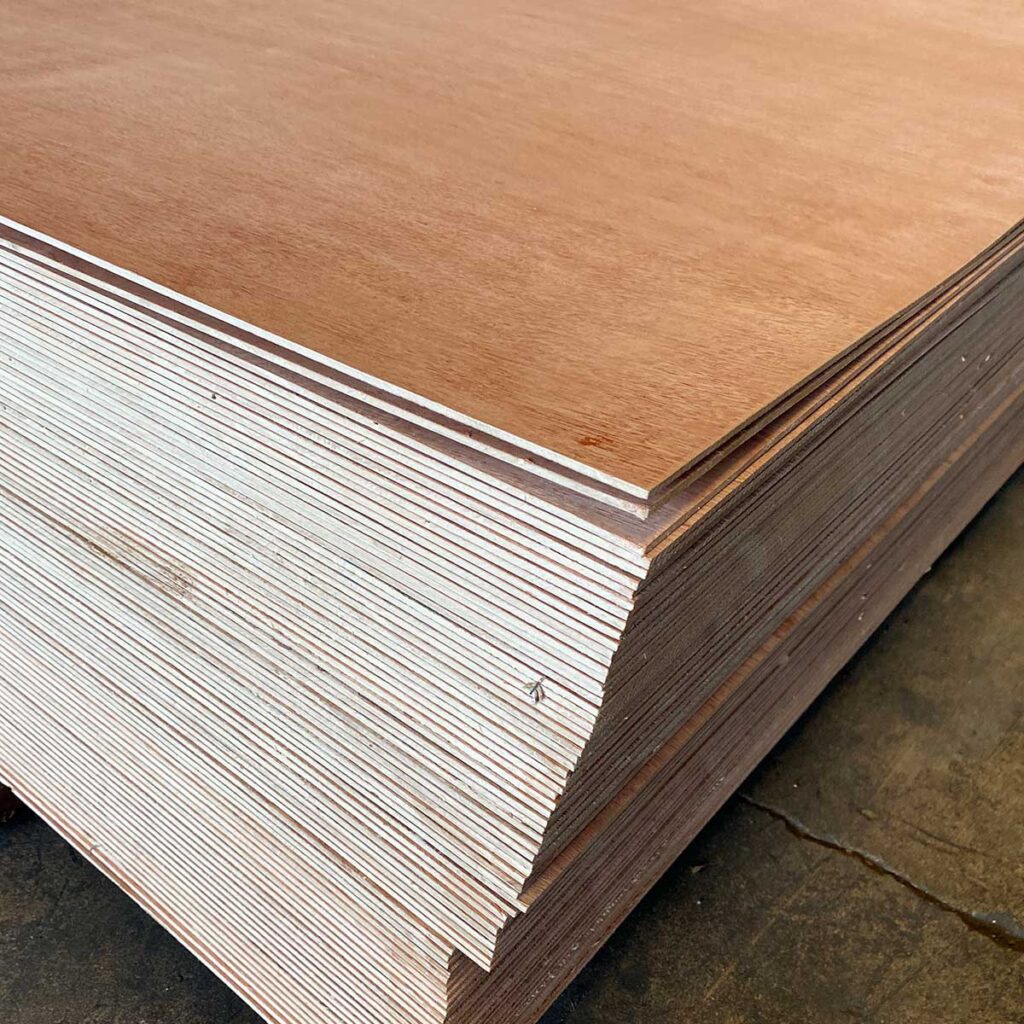Marine Plywood: The Ultimate Guide.
Marine plywood is a specialized type of plywood designed for use in environments where moisture is a constant factor. Unlike regular plywood, marine plywood is manufactured to withstand the rigors of wet conditions, making it an ideal choice for boat building, docks, and other marine applications. This comprehensive guide will delve into the intricacies of marine plywood, exploring its properties, uses, benefits, and much more.
Table of Contents
- What is Marine Plywood?
- Properties of Marine Plywood
- Manufacturing Process
- Types of Marine Plywood
- Applications of Marine Plywood
- Advantages of Marine Plywood
- Disadvantages of Marine Plywood
- How to Choose the Right Marine Plywood
- Installation Tips
- Maintenance and Care
- FAQs
- Conclusion
1. What is Marine Plywood?
Marine plywood is a high-quality plywood specifically designed for use in moist and humid environments. It is made from durable face and core veneers, with few defects so it performs longer in both humid and wet conditions and resists delaminating and fungal attack.
Key Characteristics:
- Water Resistance: Marine plywood is treated with water-resistant adhesives, making it highly resistant to moisture.
- Durability: It is made from high-quality wood species that are naturally resistant to rot and decay.
- Strength: Marine plywood is known for its high strength-to-weight ratio, making it suitable for structural applications.
2. Properties of Marine Plywood
Marine plywood boasts several properties that make it stand out from other types of plywood:
- Moisture Resistance: The primary feature of marine plywood is its ability to resist moisture, making it ideal for use in wet environments.
- High Strength: Marine plywood is engineered to be strong and durable, capable of withstanding heavy loads and harsh conditions.
- Rot Resistance: The wood used in marine plywood is naturally resistant to rot and decay, ensuring a longer lifespan.
- Smooth Surface: Marine plywood has a smooth, fine-grained surface that is easy to finish and paint.
3. Manufacturing Process
The manufacturing process of marine plywood involves several steps to ensure its high quality and durability:
- Selection of Wood: High-quality wood species, such as Douglas fir or Western Larch, are selected for their natural resistance to moisture and rot.
- Peeling the Veneers: The selected wood logs are peeled into thin veneers using a rotary lathe.
- Drying: The veneers are dried to reduce moisture content, which helps in preventing warping and delamination.
- Gluing: The dried veneers are glued together using water-resistant adhesives, such as phenol-formaldehyde.
- Pressing: The glued veneers are pressed under high pressure and temperature to form a solid plywood sheet.
- Finishing: The plywood sheets are sanded and finished to achieve a smooth surface.

Caption: The manufacturing process of marine plywood involves several steps to ensure its quality and durability.
4. Types of Marine Plywood
Marine plywood comes in various types, each suited for specific applications:
- Standard Marine Plywood: This is the most common type, used for general marine applications such as boat building and docks.
- Lightweight Marine Plywood: Designed for applications where weight is a concern, such as in small boats or aircraft.
- Fire-Retardant Marine Plywood: Treated with fire-retardant chemicals, this type is used in applications where fire resistance is required.
- Decorative Marine Plywood: This type has a fine finish and is used in applications where appearance is important, such as in luxury yachts.

5. Applications of Marine Plywood
Marine plywood is used in a wide range of applications, both in marine and non-marine environments:
- Boat Building: Marine plywood is extensively used in the construction of boats, from small dinghies to large yachts.
- Docks and Piers: Its resistance to moisture makes it ideal for building docks and piers.
- Outdoor Furniture: Marine plywood is used to make outdoor furniture that can withstand the elements.
- Bathrooms and Kitchens: Due to its moisture resistance, marine plywood is also used in bathrooms and kitchens.
- Aircraft Interiors: Lightweight marine plywood is used in the interiors of aircraft.
6. Advantages of Marine Plywood
Marine plywood offers several advantages over regular plywood:
- Superior Moisture Resistance: Marine plywood is designed to withstand prolonged exposure to moisture without delaminating or rotting.
- High Strength: It is stronger than regular plywood, making it suitable for structural applications.
- Long Lifespan: Due to its resistance to rot and decay, marine plywood has a longer lifespan compared to regular plywood.
- Versatility: Marine plywood can be used in a wide range of applications, both in marine and non-marine environments.
7. Disadvantages of Marine Plywood
Despite its many advantages, marine plywood also has some disadvantages:
- Cost: Marine plywood is more expensive than regular plywood due to its high-quality materials and manufacturing process.
- Weight: It is heavier than regular plywood, which can be a disadvantage in applications where weight is a concern.
- Availability: Marine plywood may not be as readily available as regular plywood, depending on your location.
8. How to Choose the Right Marine Plywood
Choosing the right marine plywood for your project involves considering several factors:
- Application: Determine the specific application for which you need marine plywood. Different types of marine plywood are suited for different applications.
- Grade: Marine plywood comes in different grades, with higher grades offering better quality and fewer defects.
- Thickness: Choose the appropriate thickness based on the structural requirements of your project.
- Budget: Consider your budget, as marine plywood can be more expensive than regular plywood.
9. Installation Tips
Proper installation is crucial to ensure the longevity and performance of marine plywood:
- Use the Right Fasteners: Use stainless steel or galvanized fasteners to prevent corrosion.
- Seal the Edges: Seal the edges of the plywood with a waterproof sealant to prevent moisture penetration.
- Proper Ventilation: Ensure proper ventilation to prevent the buildup of moisture.
- Follow Manufacturer Guidelines: Always follow the manufacturer’s guidelines for installation and maintenance.
10. Maintenance and Care
Proper maintenance and care can extend the lifespan of marine plywood:
- Regular Cleaning: Clean the surface regularly to remove dirt and debris.
- Inspect for Damage: Regularly inspect the plywood for any signs of damage or wear.
- Reapply Sealant: Reapply waterproof sealant as needed to maintain moisture resistance.
- Protect from UV Rays: If used outdoors, protect the plywood from UV rays by applying a UV-resistant finish.
11. FAQs
Q1: What is the difference between marine plywood and regular plywood?
A: Marine plywood is made with water-resistant adhesives and high-quality wood species, making it more resistant to moisture and rot compared to regular plywood.
Q2: Can marine plywood be used outdoors?
A: Yes, marine plywood is ideal for outdoor use due to its resistance to moisture and rot.
Q3: How long does marine plywood last?
A: With proper maintenance, marine plywood can last for many years, even in harsh environments.
Q4: Is marine plywood expensive?
A: Yes, marine plywood is generally more expensive than regular plywood due to its high-quality materials and manufacturing process.
Q5: Can marine plywood be painted?
A: Yes, marine plywood can be painted. It is recommended to use a high-quality marine-grade paint for best results.
Q6: What are the common uses of marine plywood?
A: Marine plywood is commonly used in boat building, docks, outdoor furniture, bathrooms, and kitchens.
Q7: How do I maintain marine plywood?
A: Regular cleaning, inspecting for damage, reapplying sealant, and protecting from UV rays are key to maintaining marine plywood.
12. Conclusion
Marine plywood is a versatile and durable material that is ideal for use in moist and humid environments. Its superior moisture resistance, high strength, and long lifespan make it a popular choice for a wide range of applications, from boat building to outdoor furniture. While it may be more expensive than regular plywood, its benefits far outweigh the costs, making it a worthwhile investment for any project that requires a high-quality, moisture-resistant material.
By understanding the properties, types, and applications of marine plywood, you can make an informed decision when choosing the right material for your project. With proper installation and maintenance, marine plywood can provide years of reliable service, even in the most demanding conditions.
